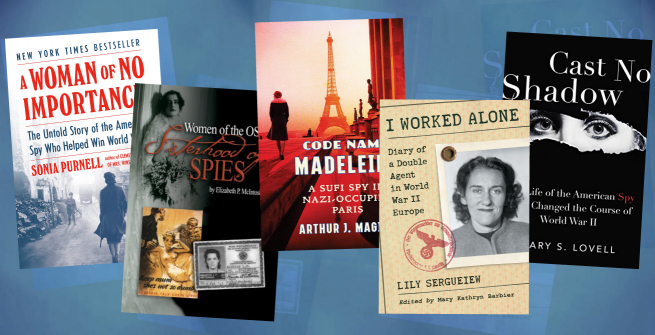World War II required an enormous number of troops and personnel throughout the world. The unrelenting demand for labor opened up new opportunities for women. For the first time, the United States military established separate branches for women. World War II also enabled women in the United States and abroad to formally work in a field previously reserved for men: espionage.
England led the way with female spies when they established the Special Operations Executive in 1940. The SOE built a resistance network in Europe to engage in espionage and sabotage. Many women were recruited and became spies. It was believed that women were less conspicuous and were less likely to be stopped and interrogated. Female SOE agents were successfully working in France as couriers and wireless operators.
In 1942, the United States established the Office of Strategic Services as the first independent American intelligence agency. The purpose of the OSS was to gather intelligence and engage in espionage. Based on the success of female intelligence employees in the SOE, women were discreetly recruited to process top-secret transmissions from the field and engage in other matters of classified intelligence. A small number of elite female agents were sent overseas to work in the field, and many of them were trained at SOE intelligence schools. Perhaps the most famous female OSS employee was Julia McWilliams, who worked her way up from secretary to senior intelligence officer. During an overseas post in Ceylon, she met fellow agent Paul Child. The two eventually married, and Julia later gained international fame as a chef.
Beyond these official espionage posts, numerous women around the world joined resistance movements. They bravely engaged in covert operations, such as spying, transporting weapons and supplies, and helping people escape. Women played a vital role in the success of the Allies, both officially and unofficially.





